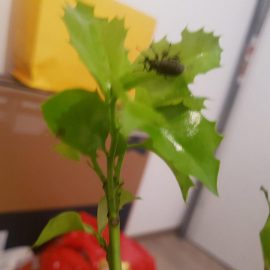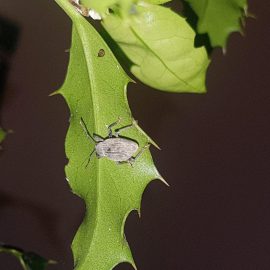Rapeseed stem weevil (Ceutorhynchus napi) – pest management
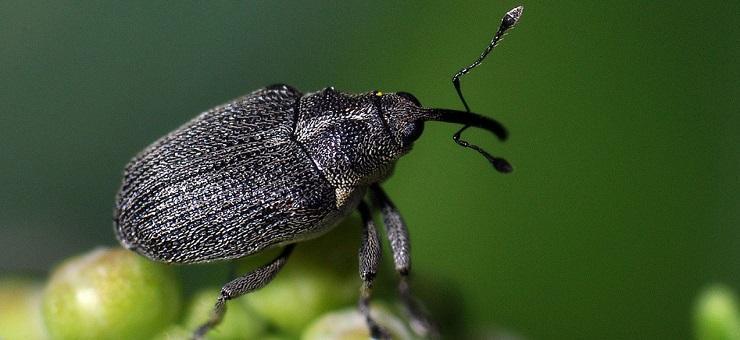
The rapeseed stem weevil, Ceutorhynchus napi, can be found in all areas where rapeseed is cultivated. It attacks both rapeseed crops and cabbage and cauliflower crops.
Description. The adult has a body that is 3.5-4 mm long, black-gray. The face can take up to 1/3 of the body length. The elytra have narrow longitudinal striae with 3-4 rows of short, fine hairs. The larvae are 3-4 mm long, yellow in color, and with inserted protuberances with hairs. The cephalic capsule is brownish-yellow.
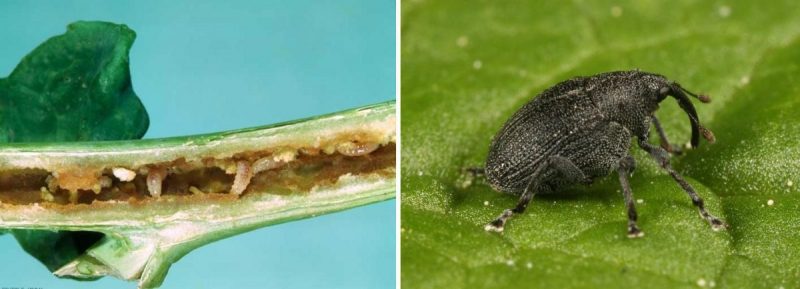
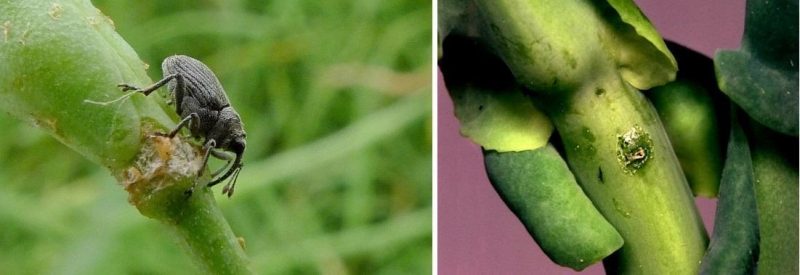
Life cycle. The rapeseed stem weevil produces one generation per year and overwinters in the adult stage, in the surface layer of the soil, at the base of the plants. In spring, when the temperature exceeds 9° C (March-April), the adults leave their overwintering places, feeding for 25-30 days. After copulation, females lay eggs in the marrow of the host plant stem. A female lays between 15 and 60 eggs. After incubation, which lasts up to 20 days, the first larvae appear at the end of April. At the end of May, they reach full development and leave the stems through the areas of leaves insertion. They remain in the surface layer of the soil where they pupate. After a month, adults appear that remain in aestivation until autumn, when they leave the nymph cocoons and climb to the surface of the soil to overwinter near rapeseed plants.
Crop damage
It is an oligophagous species that attacks rapeseed, cabbage, and cauliflower crops, causing considerable damage to them. The risk of attack occurs at the beginning of stem growth. The females lay eggs in the marrow of the stem and the larvae make galleries in the marrow, causing their deformation and longitudinal twisting. As a result, these plants branch abundantly, stagnate, and do not form siliques. In the case of silique formation, they are dry and with seeds of poor quality. The resulting holes allow the penetration of new pathogens. They can produce damage on 40% – 60% of the crops, but they can also lead to the crop’s destruction.
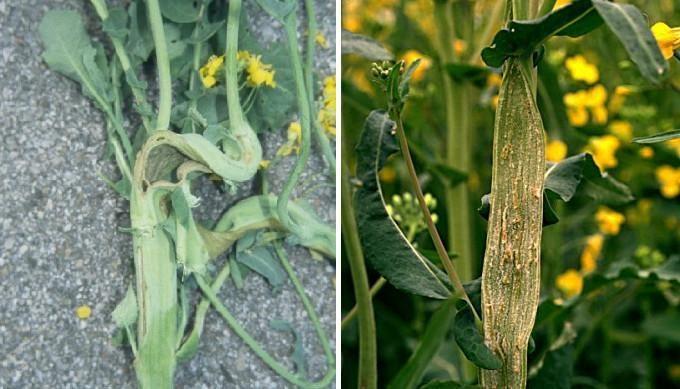
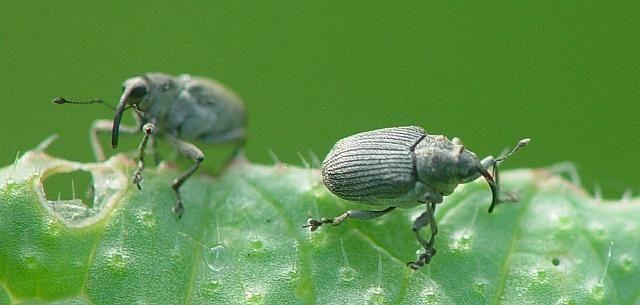
Do not confuse the cracking of the stems caused by physiological factors (temperature variations between day and night, spring) with the cracking of the stems caused by weevils.
Pest management
The effective control of this pest is done when the overwintering forms appear before they lay the eggs inside the stem. Once the larvae have appeared inside the stems, they are almost impossible to control. To choose the optimal time to apply the treatment, it is recommended to place yellow adhesive traps and monitor them. Thus, when the first adults appear, phytosanitary products must be applied. The treatments must be carried out with specific insecticides.
Recommended products
-
You can find products on a different store
Change Store -
You can find products on a different store
Change Store -
You can find products on a different store
Change Store -
You can find products on a different store
Change Store -
You can find products on a different store
Change Store -
You can find products on a different store
Change Store -
You can find products on a different store
Change Store -
You can find products on a different store
Change Store -
You can find products on a different store
Change Store -
You can find products on a different store
Change Store -
You can find products on a different store
Change Store -
You can find products on a different store
Change Store -
You can find products on a different store
Change Store -
You can find products on a different store
Change Store -
You can find products on a different store
Change Store -
You can find products on a different store
Change Store -
You can find products on a different store
Change Store -
You can find products on a different store
Change Store -
You can find products on a different store
Change Store -
You can find products on a different store
Change Store -
You can find products on a different store
Change Store -
You can find products on a different store
Change Store -
You can find products on a different store
Change Store -
You can find products on a different store
Change Store















































































































































































































































































































































































































































